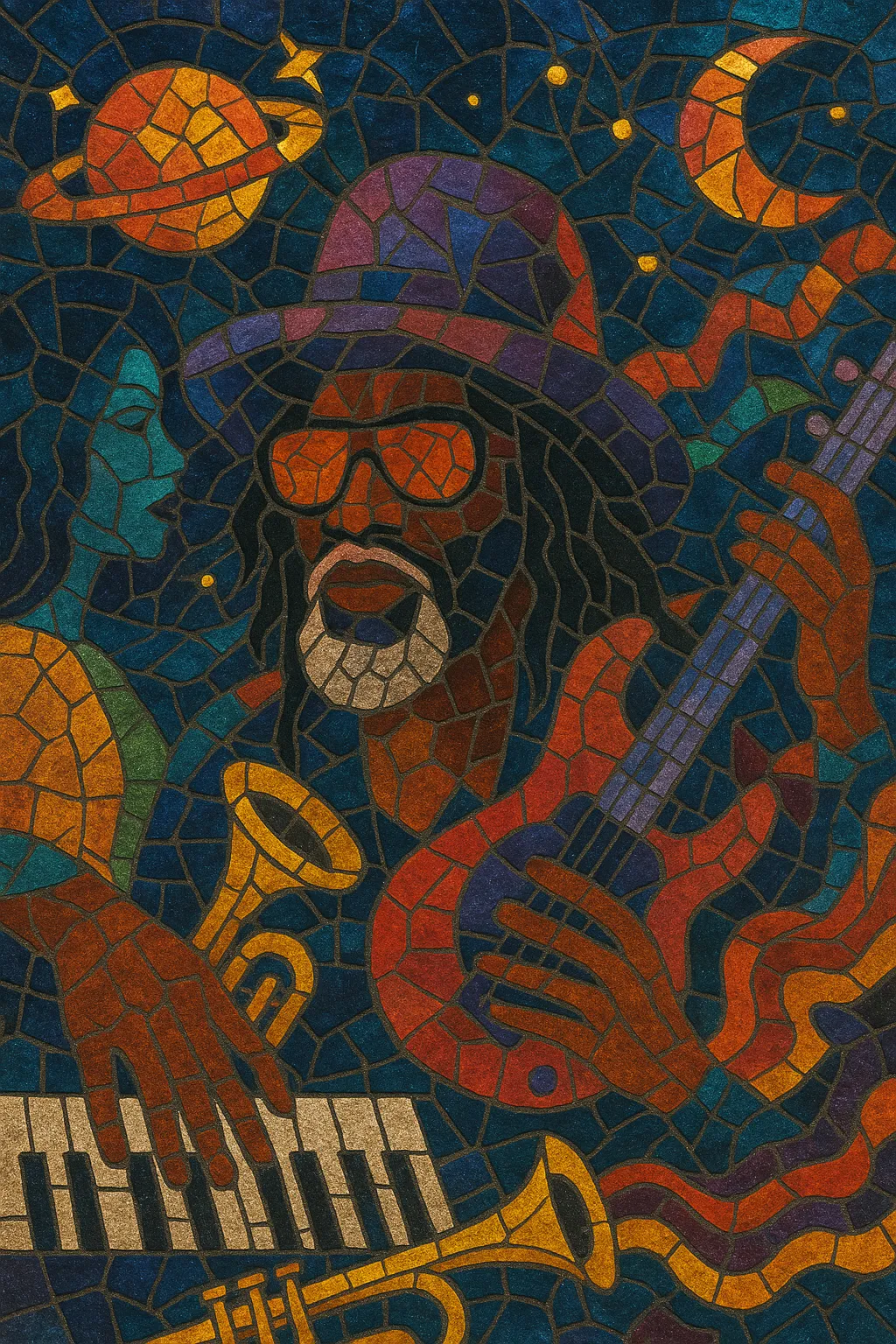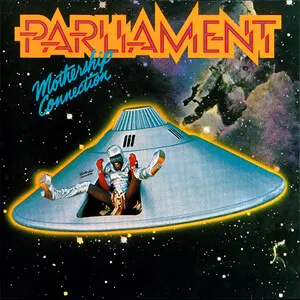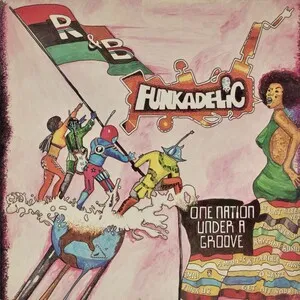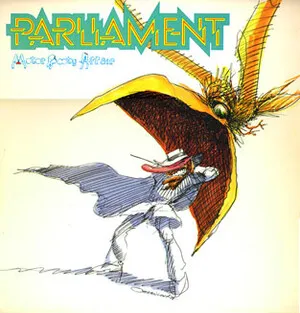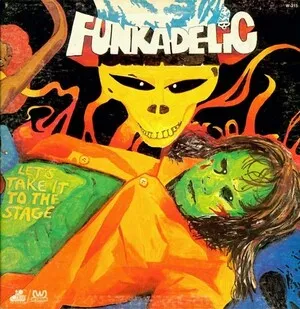Your digging level
Description
P-funk (short for Parliament-Funkadelic or pure funk) is a highly amplified, psychedelic strain of funk characterized by deep, “on-the-one” grooves, rubbery bass lines, dense horn and vocal arrangements, and sci‑fi mythology. It blends earthy danceability with surreal, cosmic imagery and extended jam-based song forms.
Centering around George Clinton’s Parliament and Funkadelic collectives, P-funk turned funk into an expansive, theatrical universe. Its sound mixes gospel call‑and‑response, soul harmonies, psychedelic rock guitars, and analog synthesizers into a thick, syncopated stew designed for both the dance floor and immersive listening. The result is music that is at once humorous and visionary, gritty and cosmic.
History
George Clinton began with the doo‑wop group The Parliaments in the 1960s, absorbing Motown’s polish, gospel harmonies, and classic R&B forms. After legal and label shifts, he split his output into two projects: Parliament (the horn-forward, vocal-heavy soul/funk side) and Funkadelic (the guitar-driven, psychedelic rock side). Drawing from James Brown’s on‑the‑one funk, Hendrix‑style psychedelia, and soul-gospel tradition, Clinton fused these currents into what became known as P-funk.
From roughly 1974 to 1979, Parliament and Funkadelic released a torrent of landmark albums: Parliament’s Mothership Connection, The Clones of Dr. Funkenstein, and Funkentelechy vs. the Placebo Syndrome; Funkadelic’s Maggot Brain, Cosmic Slop, and One Nation Under a Groove. The collective—featuring pivotal figures like Bootsy Collins, Bernie Worrell, Eddie Hazel, and the Horny Horns—created a self-contained Afrofuturist mythology (Mothership, Dr. Funkenstein) and a signature sound: bottom-heavy grooves, lush horns and vocals, wah‑wah guitars, analog synths, and extended, improvisatory arrangements.
Legal issues, lineup changes, and shifting trends slowed the original collective by the early 1980s, though George Clinton’s solo work and the P-Funk All Stars kept the spirit alive. Crucially, P-funk became a foundational sample source for hip hop, culminating in Dr. Dre’s early-1990s G‑funk, which reinterpreted Parliament/Funkadelic textures for West Coast rap. Its fingerprints spread to synth funk, boogie, go‑go, electro, funk rock, and modern funk scenes, while its theatricality and Afrofuturist vision reshaped pop culture beyond music—informing stagecraft, visual identity, and Black speculative aesthetics.

